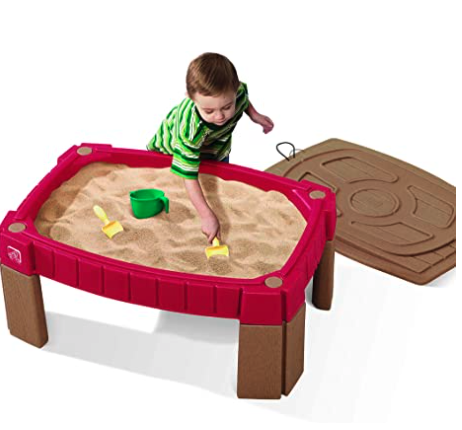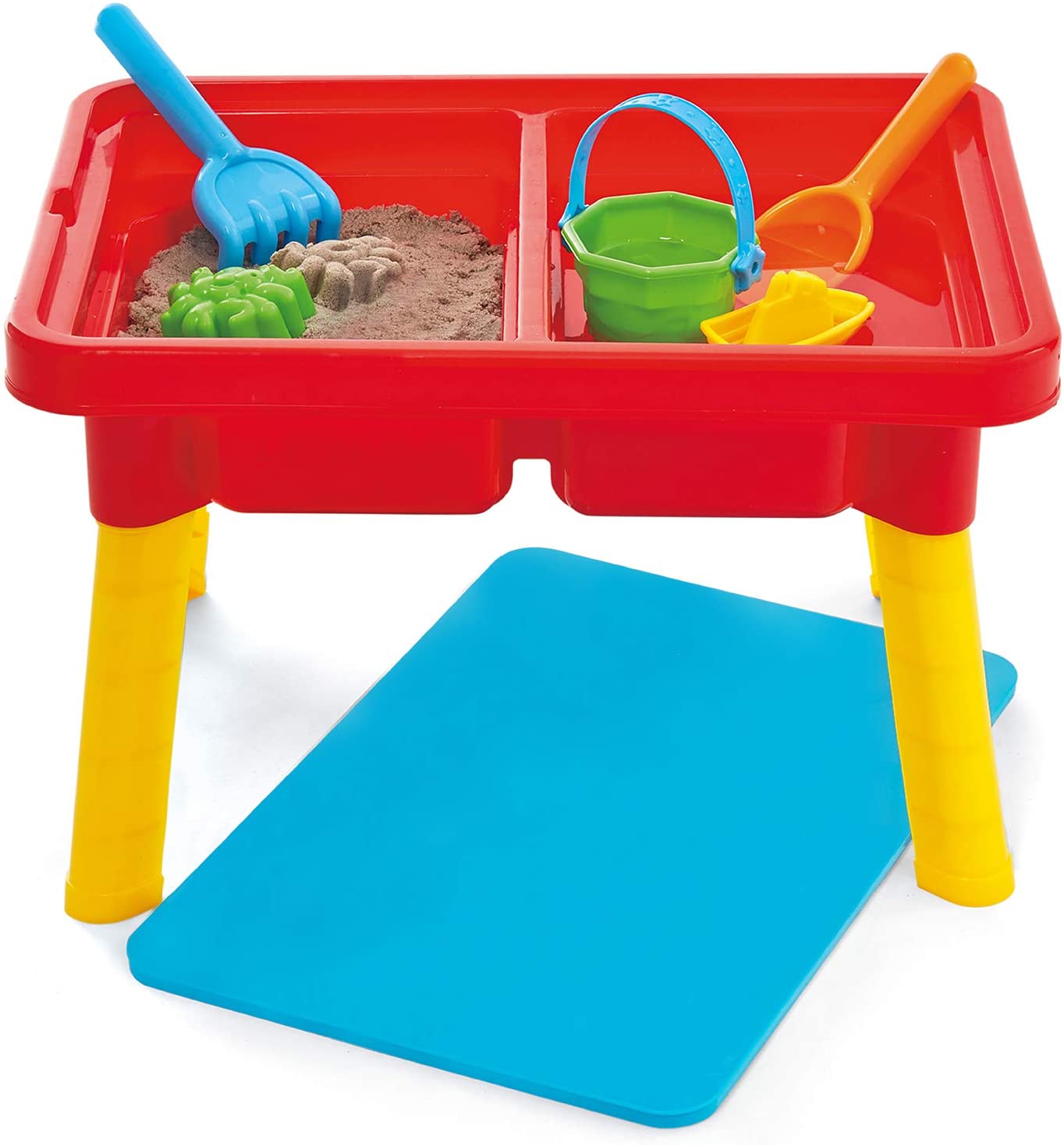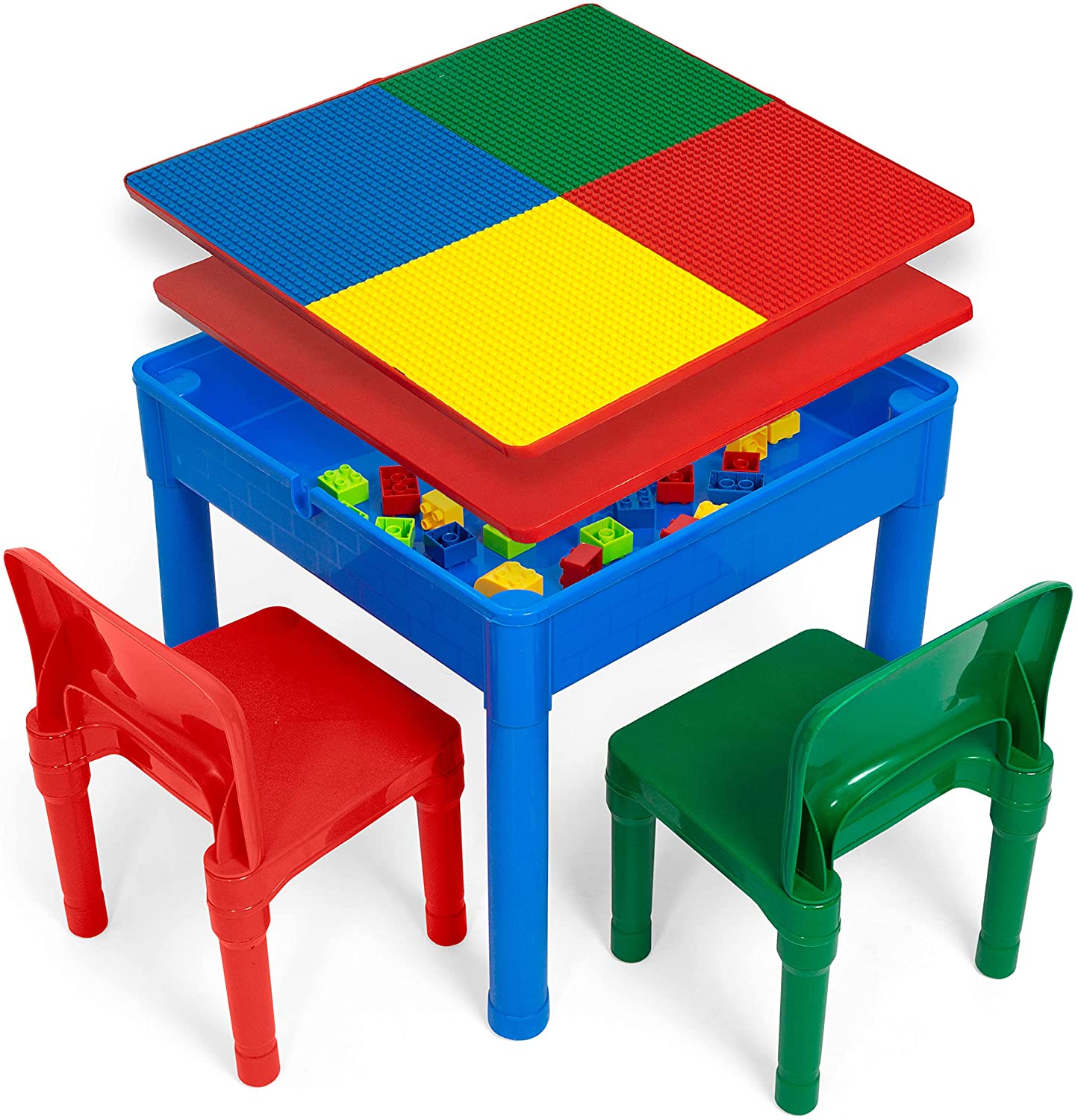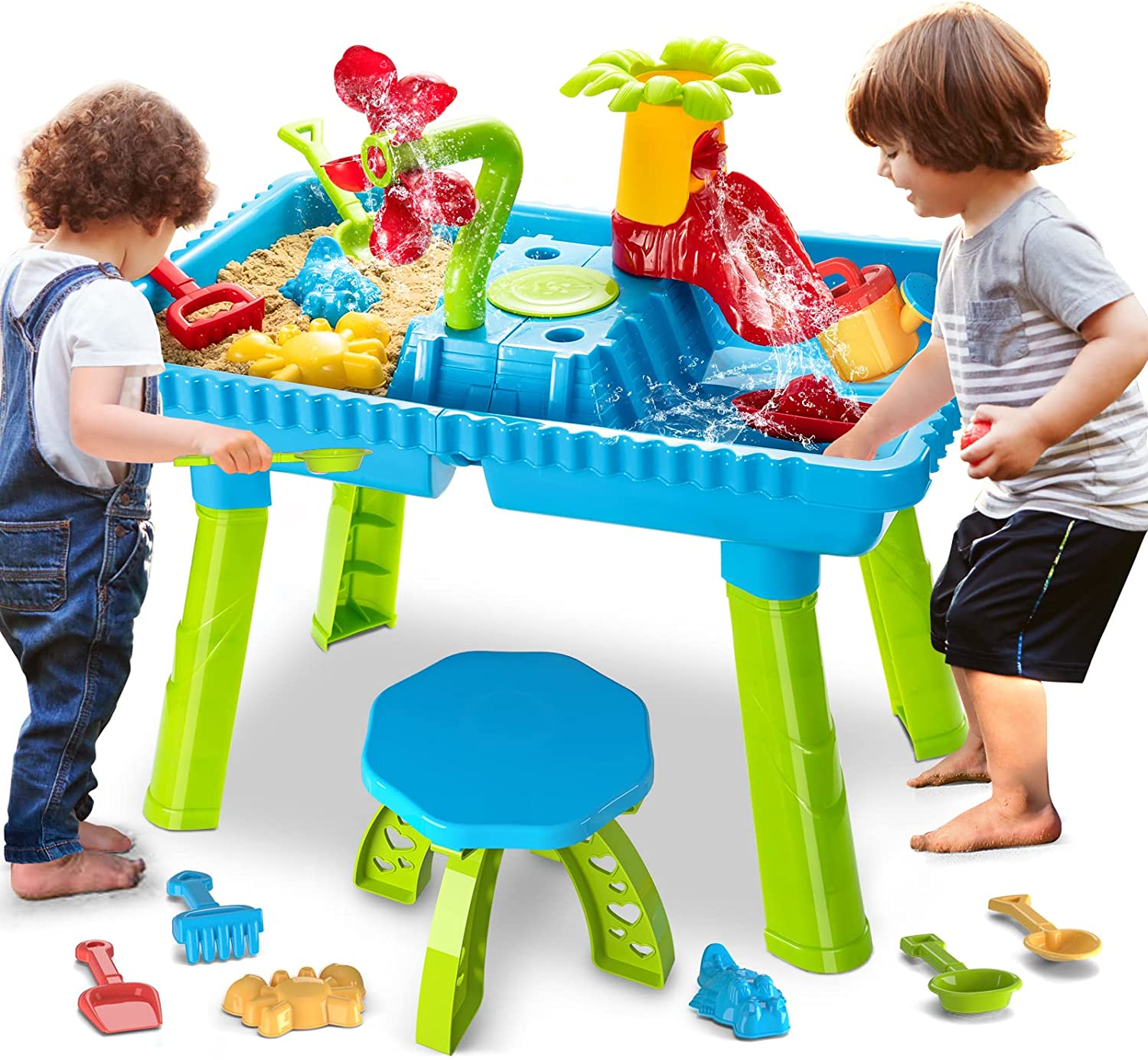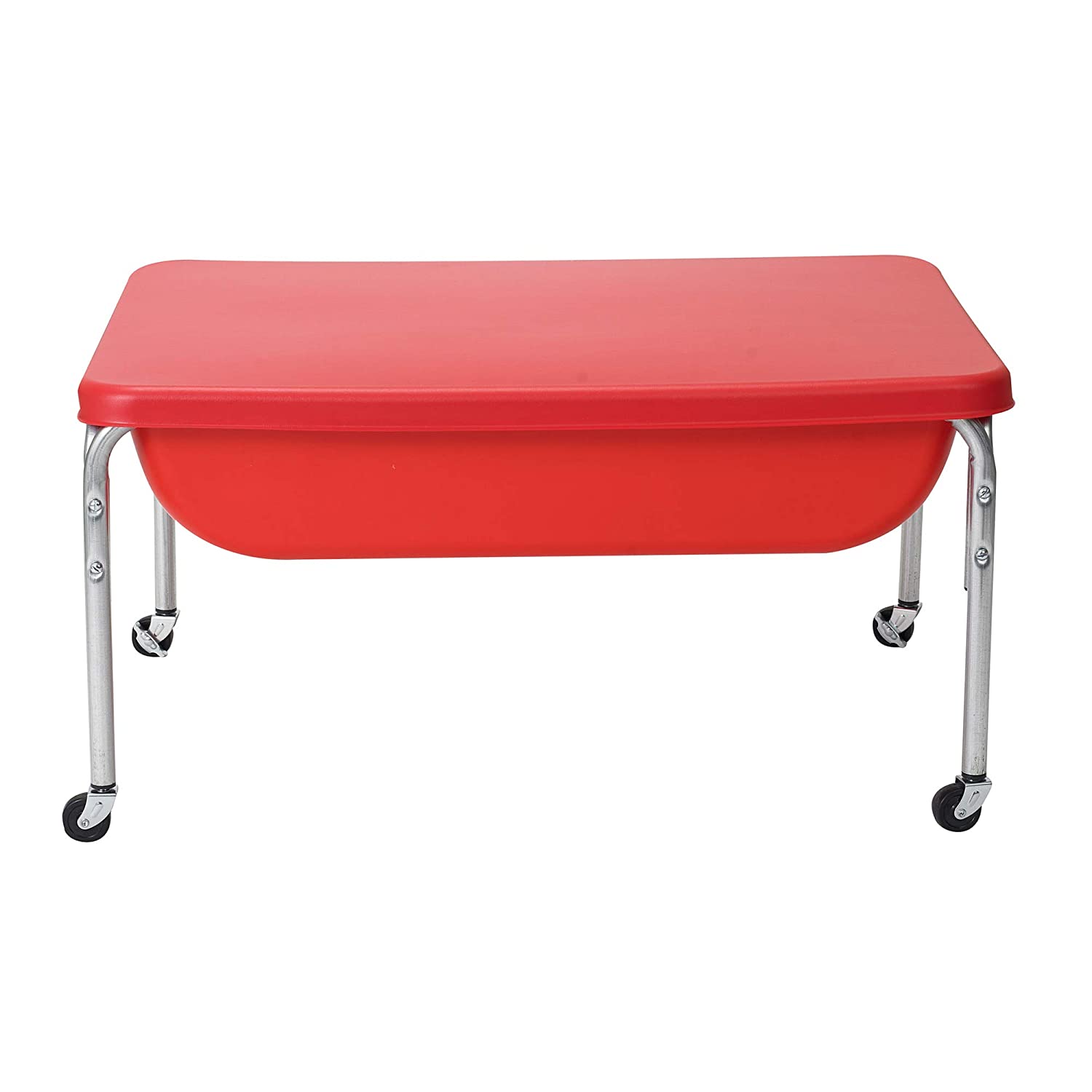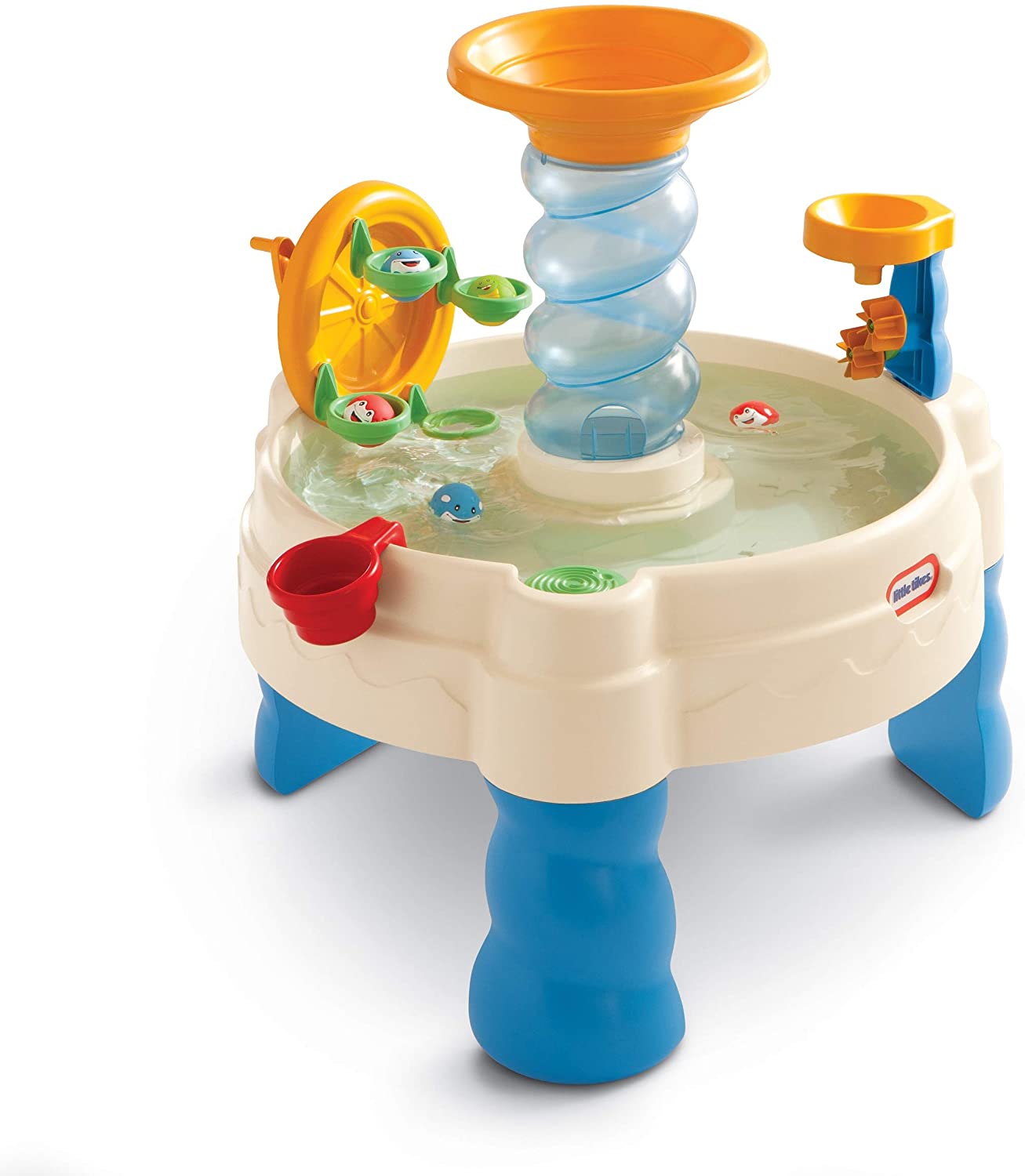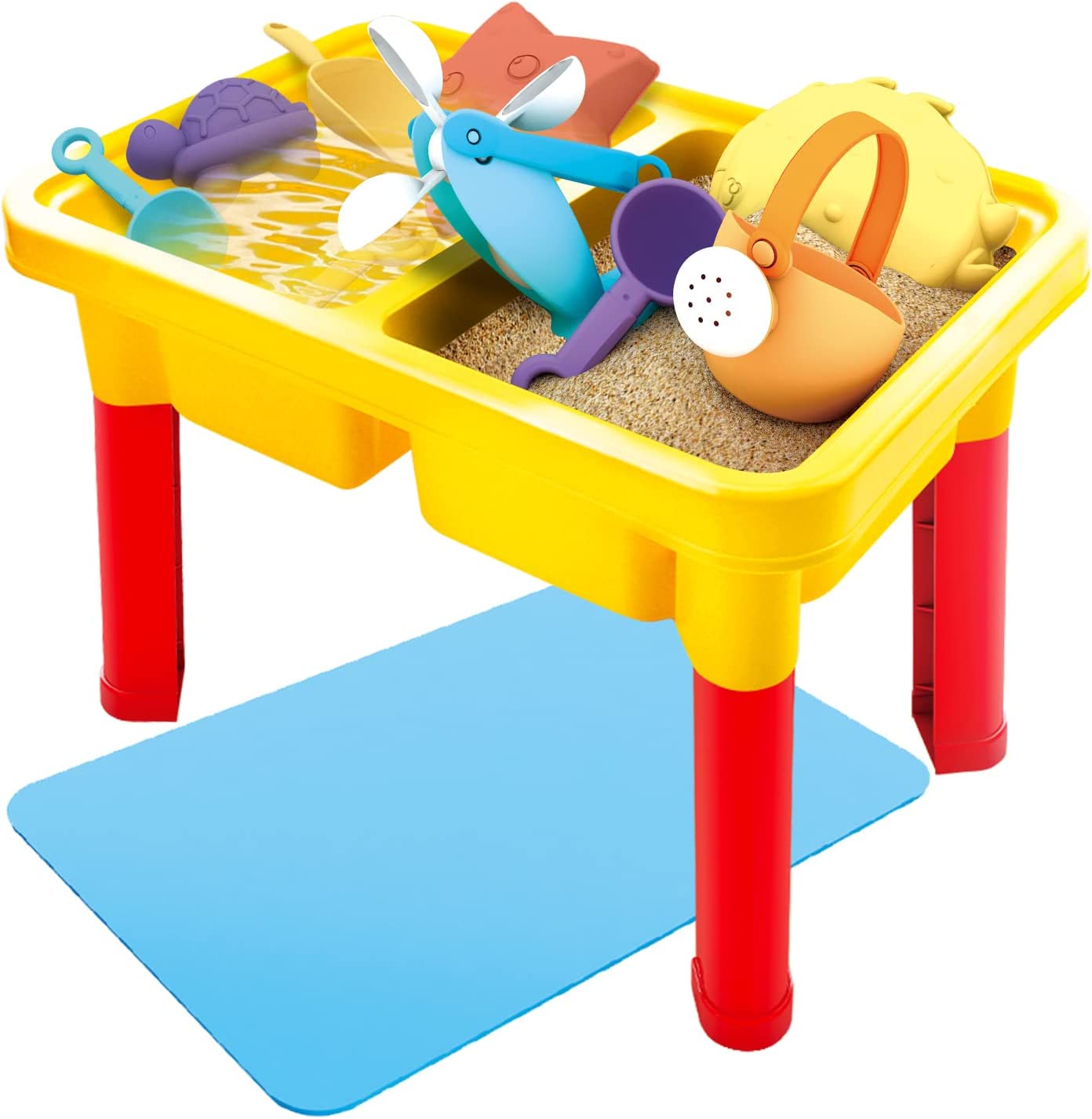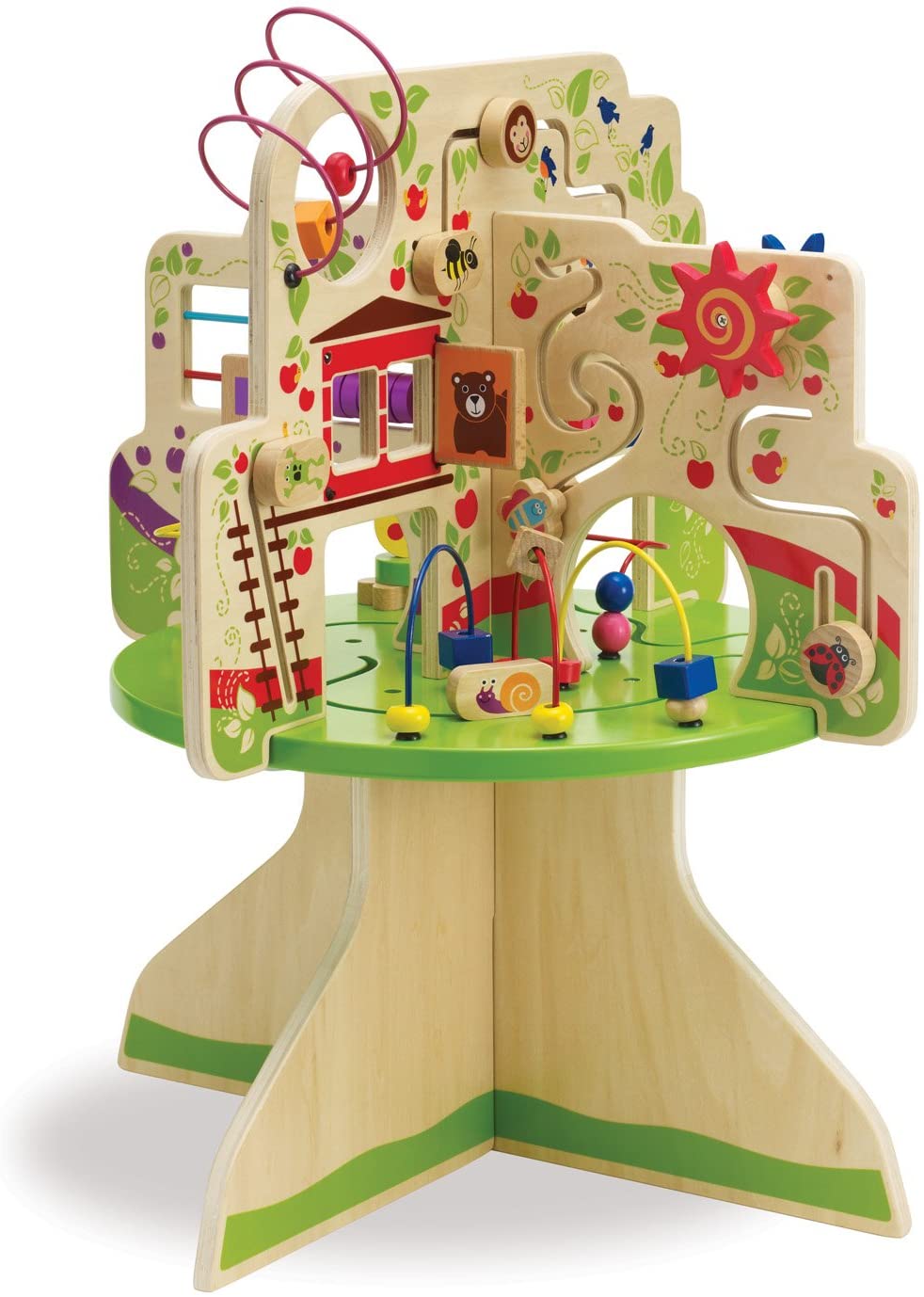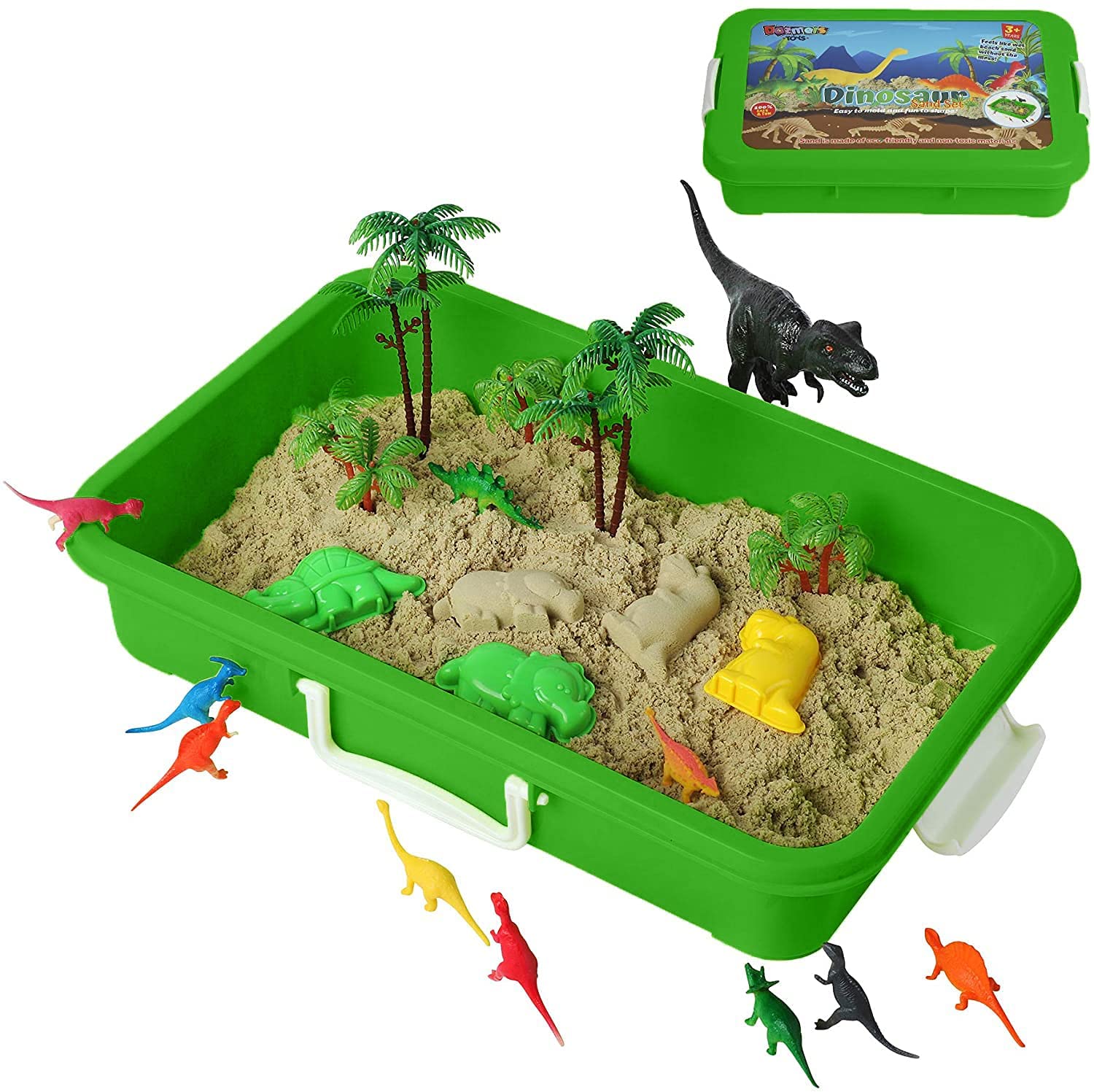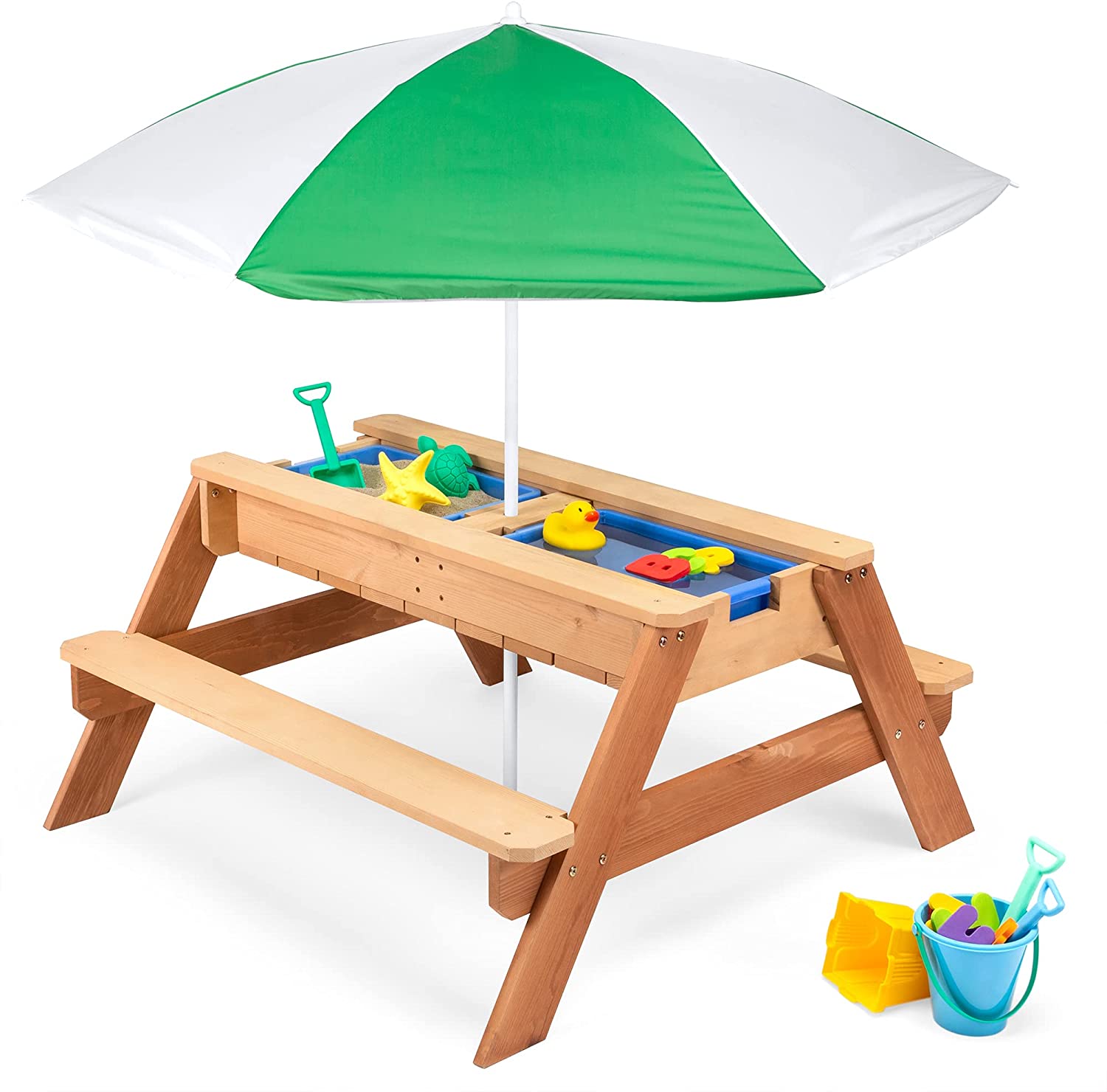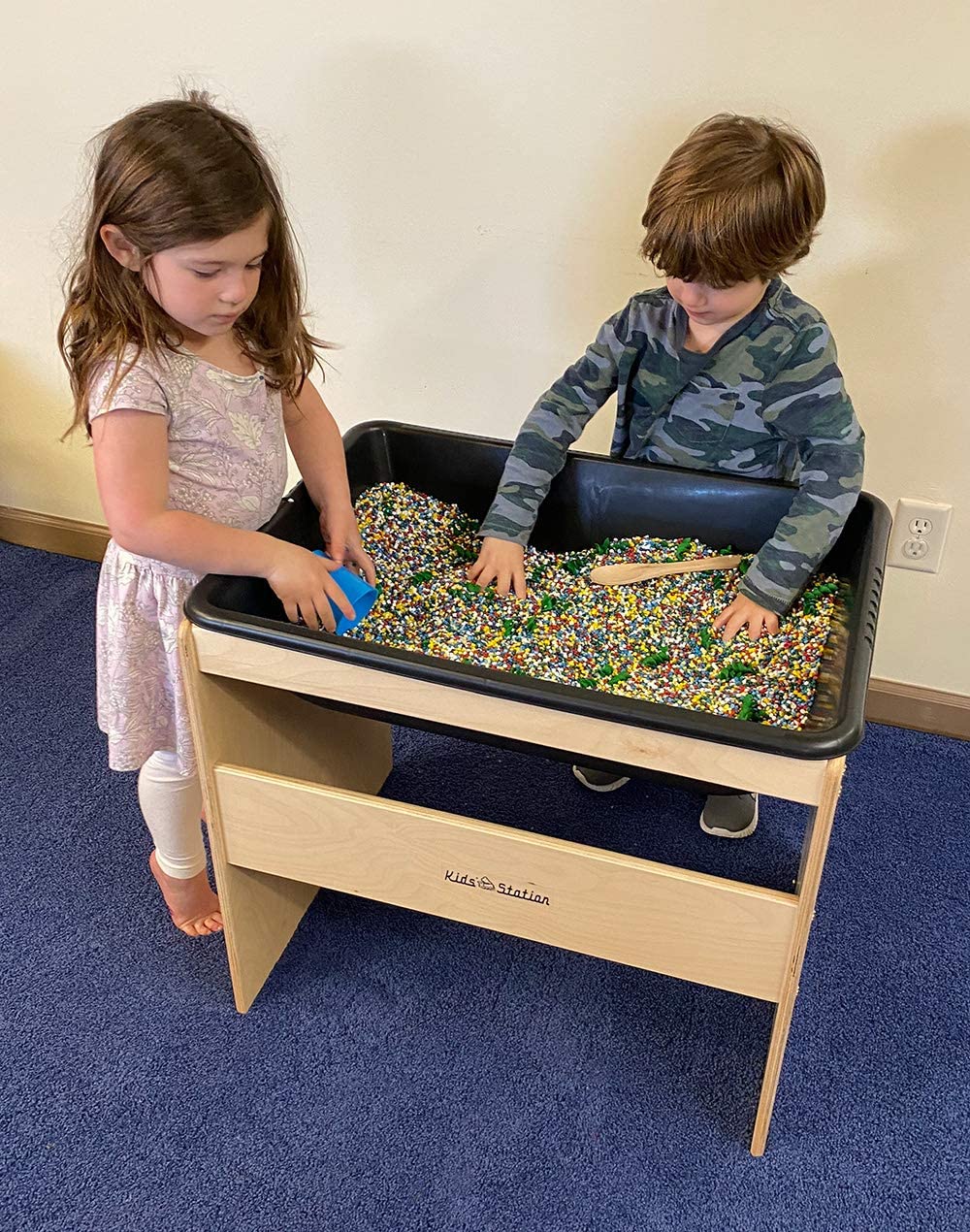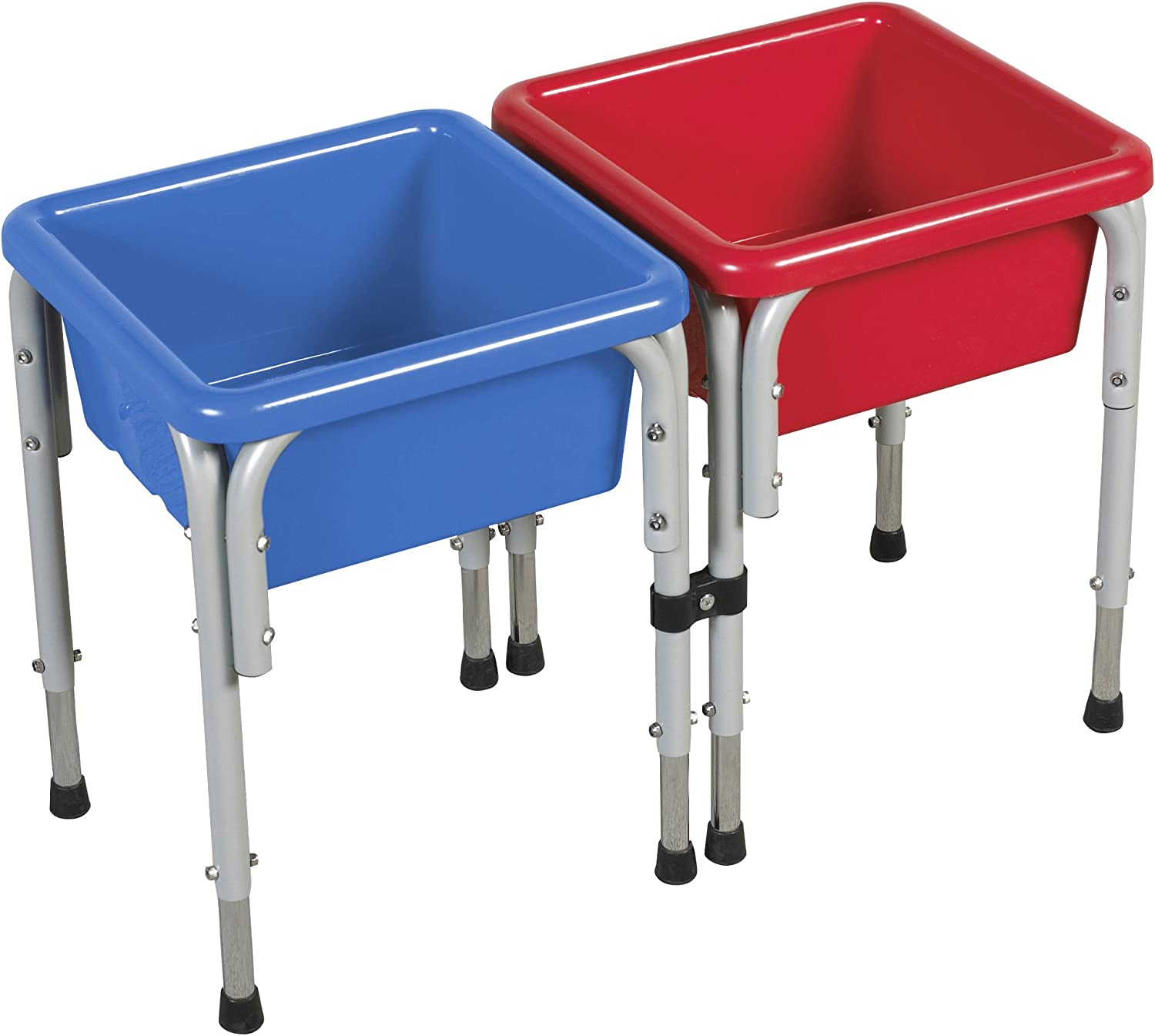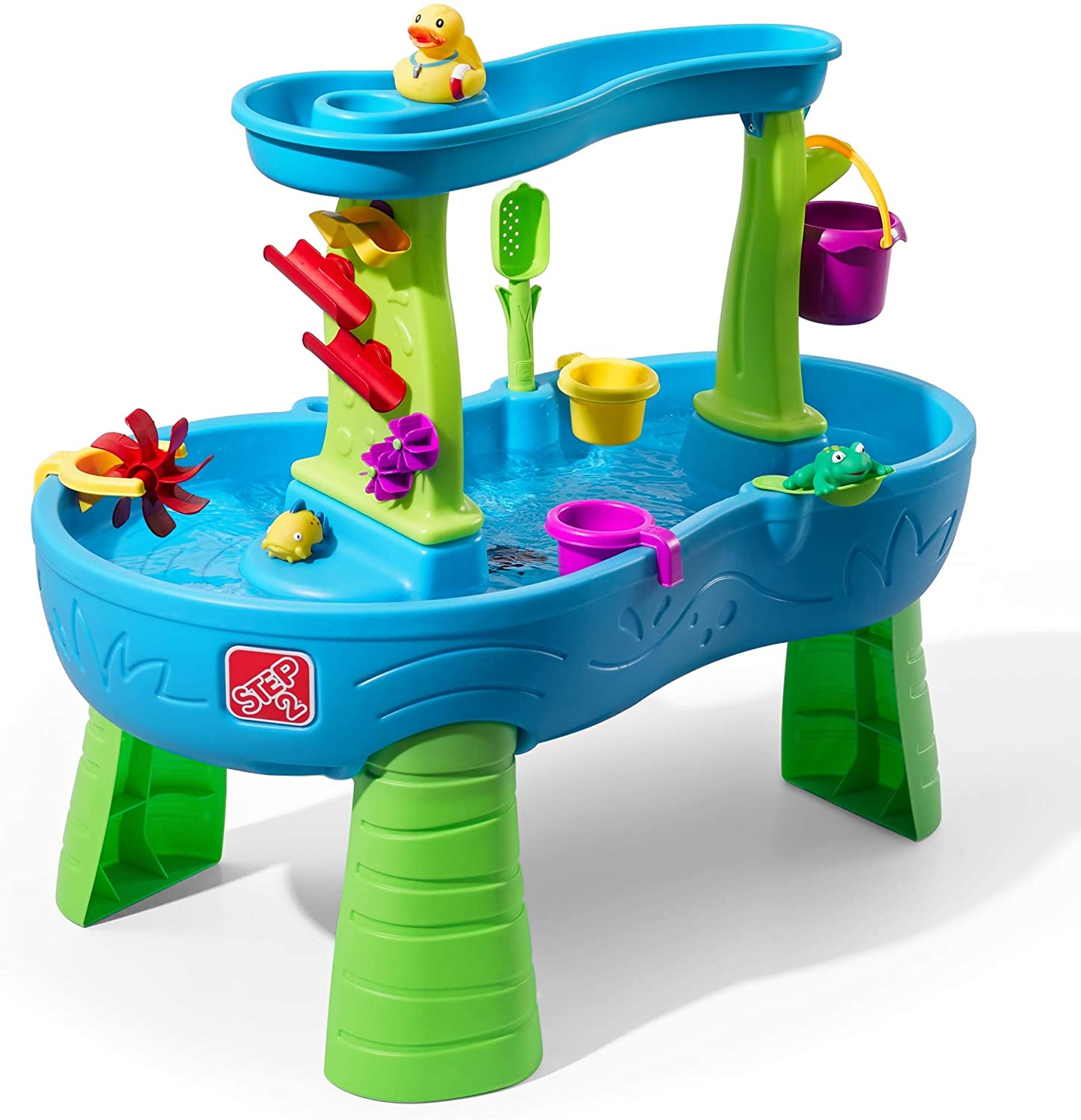Step2 Lidded Sand Box & Sensory Table
Last updated: August 17, 2023
This sensory table is raised to be the perfect height for toddlers. Parents can fill the table with sand, so kids can dig, explore and build sand castles. The unit comes with two shovels, two claw rakes and a bucket, as well as a lid with tie downs to keep the sand secure when not in use.
We looked at the top Sensory Tables and dug through the reviews from some of the most popular review sites. Through this analysis, we've determined the best Sensory Table you should buy.
Product Details
Key Takeaway: The lid on this sensory table includes built-in roadways to allow for another mode of play.
In our analysis of 50 expert reviews, the Step2 Lidded Sand Box & Sensory Table placed 4th when we looked at the top 14 products in the category. For the full ranking, see below.View our Sensory Table buying guide for in-depth advice and recommendations.
